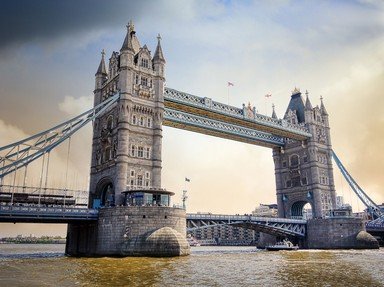
Lakes and Reservoirs of the UK Quiz
This narrative quiz will take you on a trip around some of the UK's best known lakes, natural and those made by man, sometimes called reservoirs. The quiz will give you some clues to the body of water, and you need to fill in the blanks.
by rossian.
Estimated time: 3 mins.